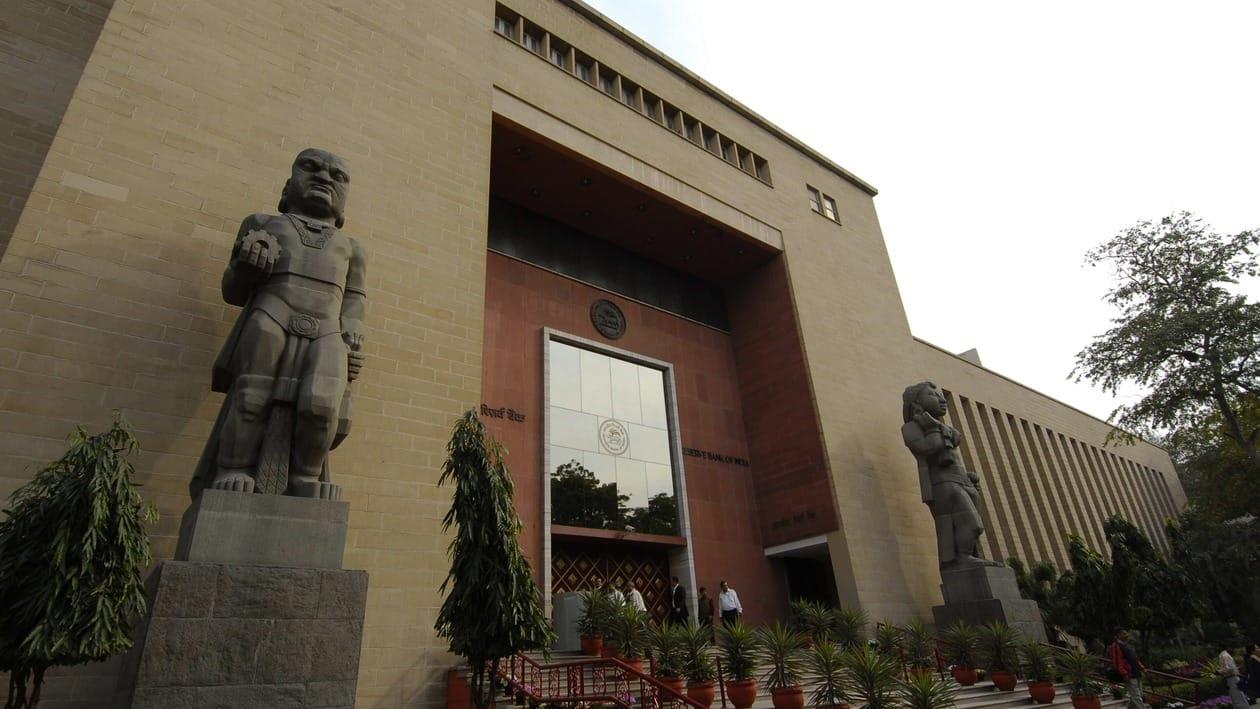The Reserve Bank of India (RBI) sold $20 billion in March on a net basis in the spot markets — the highest ever in a month. The rupee fell to an all-time low on March 7 while it approached the ₹77 per US dollar mark.
Finally, the rupee finally breached the 77 level earlier this month. On Wednesday, the rupee hit an all-time closing low of 77.58 per US dollar.
Prior to March 2022, the last highest sale of dollars was in October 2008 when the central bank sold $18.66 billion. The central bank, from time to time, intervenes in the currency market to slow the pace of depreciation.
The Indian rupee has been under intense pressure since the Russian invasion of Ukraine that started on February 24. As a result, the US Federal Reserve turned hawkish that has made investors rush for safe haven assets.
According to the tenets of macro-economics, the higher the exodus of US dollars, the steeper is the decline of Indian rupee.
Rupee’s fall
In generic terms — when more US dollars are taken outside the Indian economy, the value of the Indian rupee tends to fall.
So, most of the factors that determine the value of Indian currency against US dollars stem from either inflow or outflow of US dollars, further impacting the relative value of Indian currency. For instance, when the prices of crude oil soar, the Indian economy - being a large importer of oil – has to spend more US dollars to procure the same quantity of oil.
This adversely impacts the value of the Indian rupee.
For past seven months from October 2021 to April 2022 foreign portfolio investors (FPIs) have remained net sellers, withdrawing a massive amount of over ₹1.65 lakh crore from equities and this selling is putting pressure on the rupee.
RBI’s intervention
When the Indian rupee declines substantially, the Reserve Bank of India (RBI) – at times —intervenes in the foreign exchange market to curb the decline. The Central bank does this by selling US dollars in the market.
When RBI sells dollars for rupee, it sucks out liquidity from the system. This not only strengthens the rupee, but also helps curb the inflation which is also one of the key worries of the banking regulator.
As a matter of fact, RBI maintains high reserves of US dollars primarily because of this reason. So, keeping a vast amount of foreign exchange reserves is vital as it enables the RBI to keep the Indian rupee stable. But RBI’s selling of dollars is reducing the reserves substantially.
The foreign exchange reserves touched an all-time high in September last year after hitting $642.4 billion. But now the reserves have declined to $595.95 billion as on May 6, 2022.
Since the Ukraine war broke out, India’s foreign exchange reserves have fallen steeply by nearly $35 billion as a result of RBI’s heavy dollar selling.
